Baptisia
Baptisia - The False Indigo
These are herbaceous perennials with tall stems of pea like flowers over mid green foliage that is divided into three leaflets. The flowers are followed by attractive seed heads. Historically the plant was used by Native Americans as a blue dye before true Indigo became available.
The flowers are sometimes mistaken for those of the Lupin and they are from the same family, Fabaceae. However, many people struggle to keep Lupins in their gardens and this may be the answer. Baptisia are much more resilient in heat and drier soils.
This is a clump forming plant that is best placed in full sun on free draining, neutral to acidic soil. Once they are established they are quite drought tolerant.
Baptisia are hardy to -20 degrees C as long as they are not exposed to excessive Winter wet, and they don’t suffer from the dreaded Lupin aphid.
Originating in the USA, Baptisia can be used with grasses in exposed prairie style planting schemes and are great for attracting pollinators. They are low maintenance plants that can be incorporated into almost any sunny garden and even make great cut flowers.
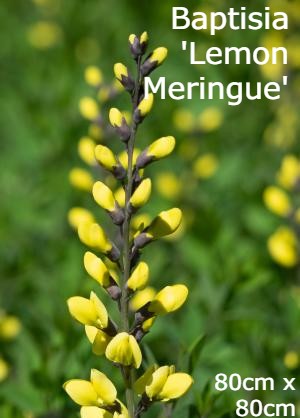
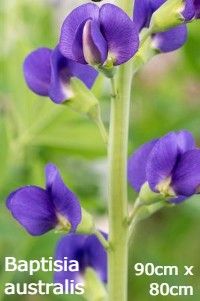
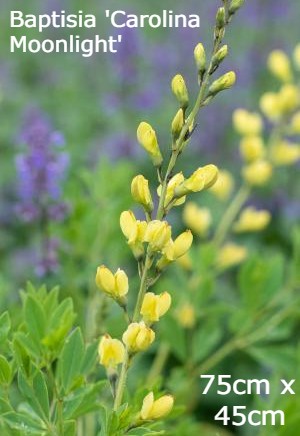
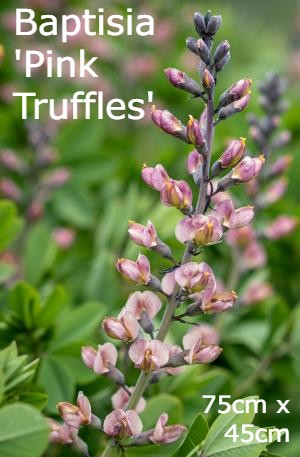
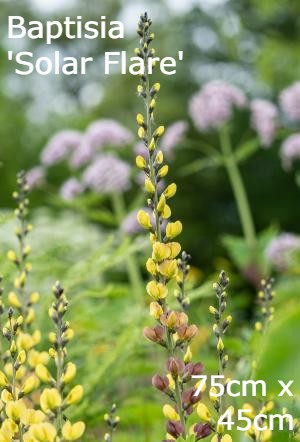
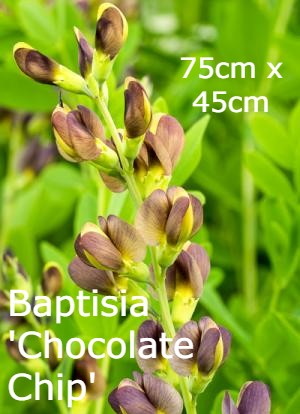
These are some of the types we grow at Hardy's.
It takes about three years for a plant to get established and then they are very little bother. No pruning is required and many insects find them to be toxic, so pests aren't an issue either. They are however, host to a number of butterflies, so any caterpillars should be left in place.
A yearly feed of a balanced, organic fertiliser such as seaweed can be applied in Spring if needed. Baptisia put down long roots and therefore require deep soil to thrive, shallow soil over chalk will not suit them. They dislike root disturbance so choose your site carefully.
Each stem can flower for up to six weeks and a mature plant can produce dozens of stems.
An easy, undemanding and highly attractive addition to most planting styles that will help gardeners deal with the challenges of global warming and subsequent water shortages.
